Amateur news film about the outbreak of the Manchurian Incident in 1931. "Jikyokubin consisted of a set of eight news films, including titles such “Jihen hassei chokugo no Hōten” (Mukden right after the Incident), “Aikokugō o mukau!” (Welcoming patriotic aircrafts!), and “Manshūkoku no kensetsu o iwau” (Celebrating the establishment of Manchukuo). Six out of the eight films were made by Imai, and the rest were shot by two other members of the small-gauge film society at Manchuria Medical College." - Noriko Morisue, "Filming the Everyday: History, Theory, and Aesthetics of Amateur Cinema in Interwar and Wartime Japan" (Yale University: PhD Dissertation, 2020): 188.
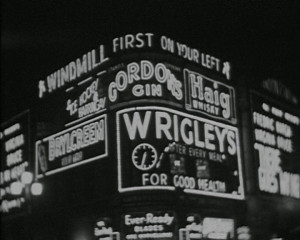
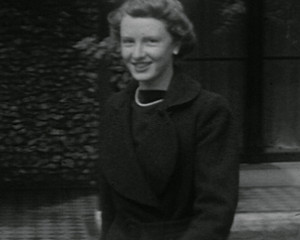
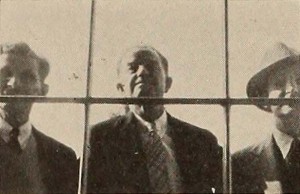
"In their adroitly handled John Doe, Citizen, Frances Christeson and Harry Merrick have produced a photoplay of politics in city government that can be compared to a theatrical picture in dramatic values and clarity of treatment. Designed to teach students the value of the vote, the danger of neglecting to understand the issues in city affairs and some of the methods by which machine politicians keep themselves in power, this picture also shows how well amateurs can handle a serious film in dramatic form. Particularly notable, from the movie maker's viewpoint, is how cleverly and effectively the producers have circumvented such apparently insurmountable problems as showing a crowded town meeting in a large auditorium, night airplane shots of rows of homes with lighted windows and the construction of a new sea wall on the city's waterfront. Needless to say, these sequences were not handled by means of large studio sets and hundreds of extras; but they are just as effective as if they had been, and therein lies the genius of these remarkable movie makers." Movie Makers, Dec. 1938, 597.
"A fictional account of an election as it might occur in a small city. Illustrates the indifference of the average citizen to public affairs and emphasizes that if the government is not run by the people the government will run them." Educational Film Guide, 1953, 367.
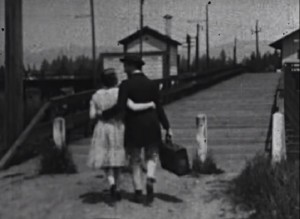
"Amateur narrative about a young farmer visiting the big city of Portland, Oregon." Center for Home Movies.
"Leo Caloia unlimbered his new Auricon sound camera to produce much of this picture and all of its sound track, but tighter editing as well as better direction would have greatly inproved the result. The continuity has to do with a couple, seen washing the supper dishes, discussing a proposed vacation, for which they have been putting money in a joint bank account. As they discuss the various places they would like to visit, there follow a number of scenes of each, then the camera cuts back to the discussion. The wife is summoned to the door by the mailman, receives a bill from a sporting goods store. She questions her husband about it and he confesses to having spent the proceeds of their bank account for a new set of golf clubs." American Cinematographer, May. 1951, 192.
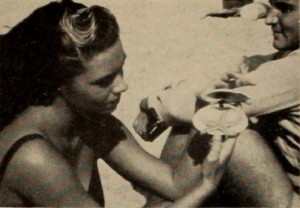
"By a facile blending of warm hearted humor and a keen perception of human interest values, George Mesaros has created a film study of a famous beach in New York's metropolitan area that is replete with interest, information and entertainment. His technical skill and knowledge of what makes a motion picture move prevent this from being the dull collection of random shots all too frequently characteristic of this genre subject. Employing himself as a frenzied and frustrated shutterbug and a filming friend as plain Joe Doakes at the beach with his wife, a lunch and box camera, Mr. Mesaros proceeds to examine with interest and obvious affection the thousand and one attractions of the Long Island resort. An excellent musical score and a brief commentary help to integrate the compact 700 feet of the film's lively length." Movie Makers, Dec. 1949, 454.
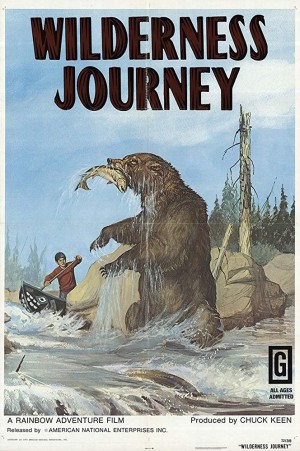
"Joniko and the Kush-Ta-Ka, the PSA Film of the Year, is a story of Alaska by a native, Charles Keen of Juneau. In 45 minutes of color and spectaculars, Mr. Keen shows us an Alaska that is beautiful throughout the seasons of the year. The law of nature is never questioned and only strength and courage survive. As if all this as not enough in the way of survival difficulties, there is added the threat of the Kush-Ta-Ka. You struggle, struggle some more and pray with young Joniko in his adventuresome trip to get help. It is truly a film of the year" PSA Journal, Nov. 1969, 56.
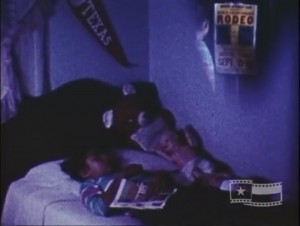
"This amateur film from Ramon Galindo is titled 'Josephine’s Dream' and uses home movie footage and special effects to tell a story. A girl is reading in her bedroom when she falls asleep and begins dreaming of going to the rodeo, a dream sequence we can see through Galindo’s use of special effects. The film then takes us to a rodeo in Austin in 1962, capturing scenes of bucking broncos, calf roping, lasso tricks, bareback bullriding, rodeo clowns, horse tricks, and, most notably, a performance by actor and singer Michael Landon. Landon sings with a trio of cowboy guitarists, likely performing his 1957 single 'Gimme a Little Kiss (Will 'Ya' Huh)' that was rereleased in 1962 to capitalize on his newfound fame in his role as Little Joe Cartwright on the television series 'Bonanza'." Texas Archive of the Moving Image.
Total Pages: 299